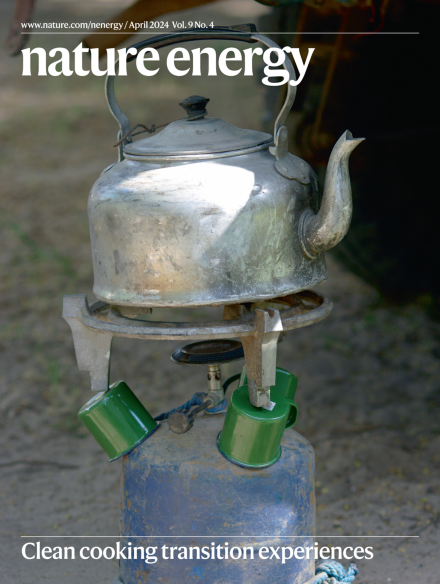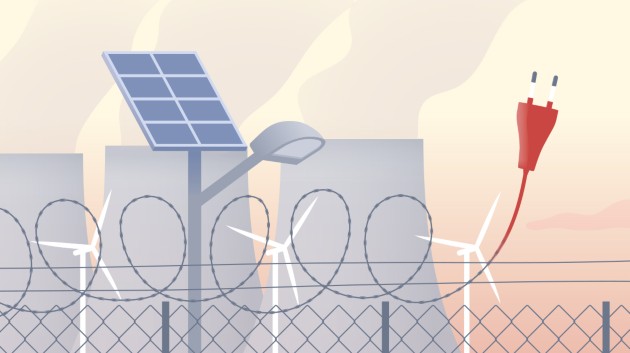
Read our April issue
This month we look at clean cooking transition, non-flamable electrolytes, recycling of solid-state batteries, and more.

This month we look at clean cooking transition, non-flamable electrolytes, recycling of solid-state batteries, and more.


Ultralightweight perovskite solar cells that achieve a specific power of up to 44 W g–1 and good stability are developed through engineering of the photoactive layer and substrate. These solar cells can be integrated into a drone to enable energy-autonomous flight.
